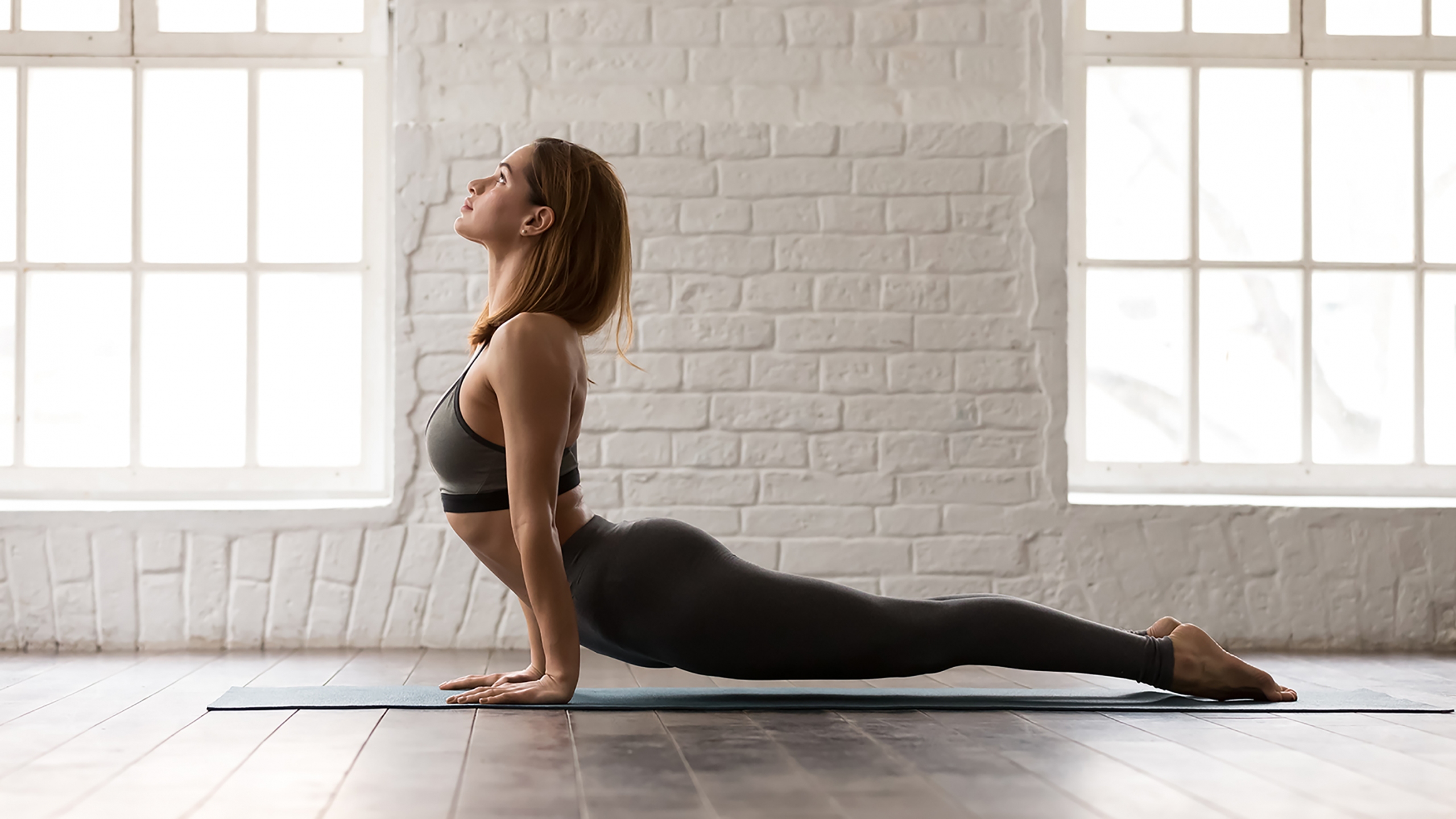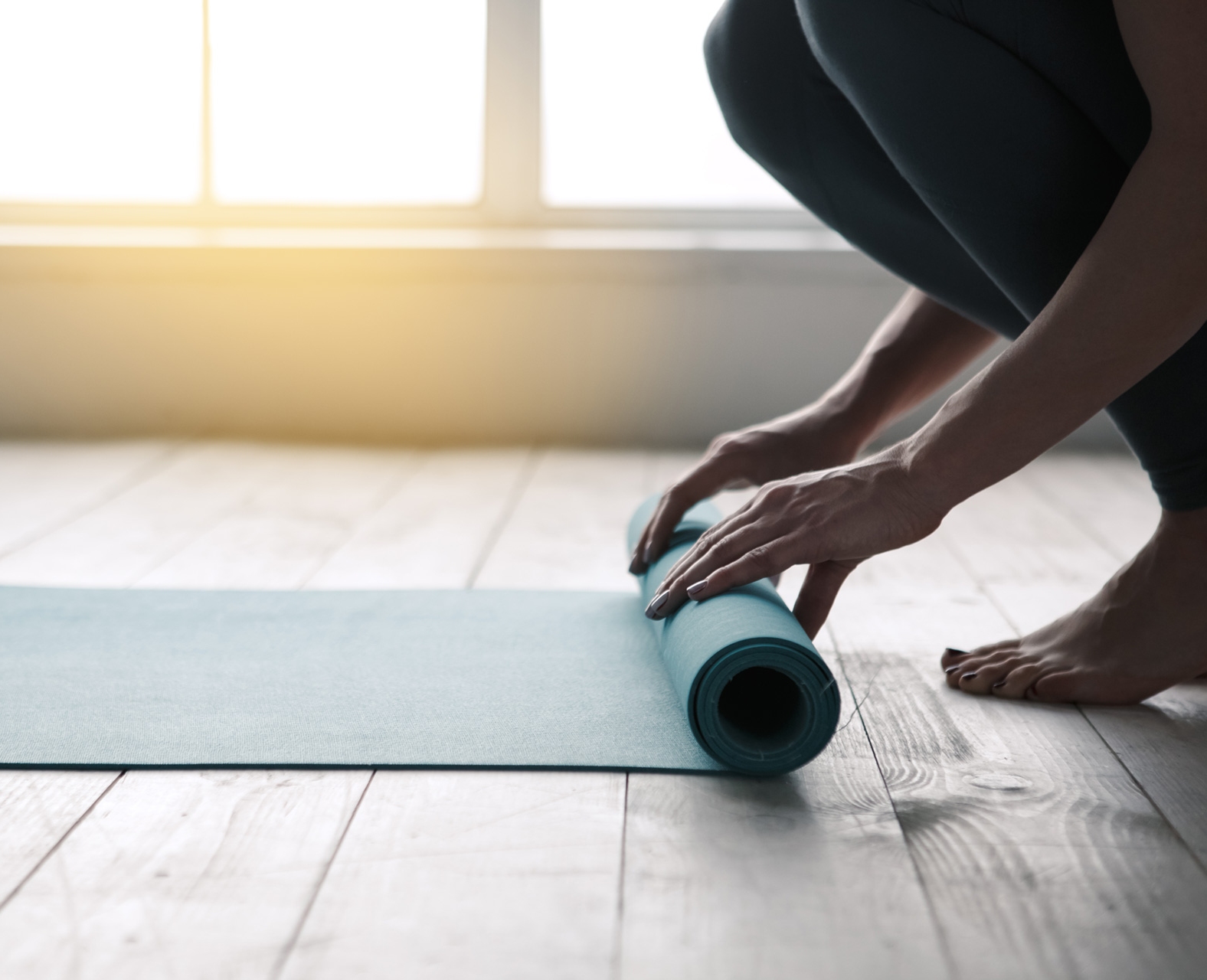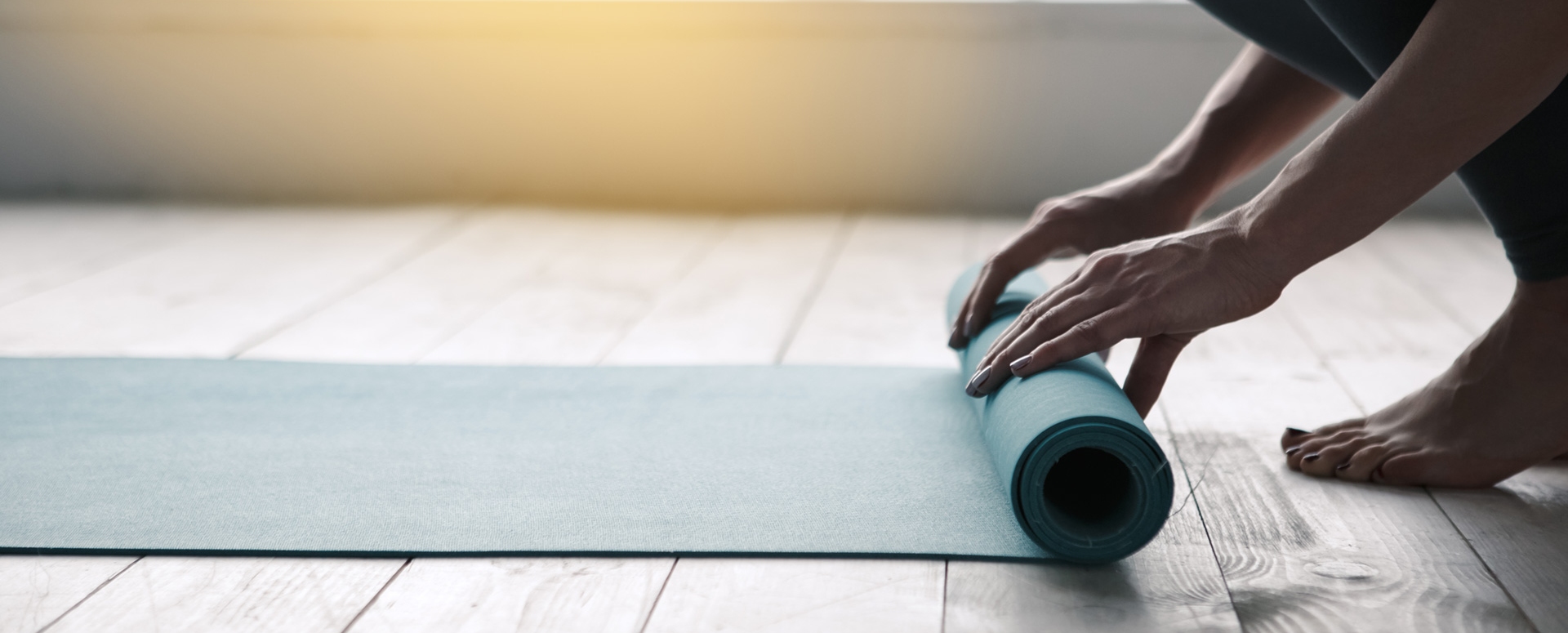How does ashtanga yoga work?
Moving through a series of dynamic poses ensures that you get a complete physical workout, whilst also allowing you the mental space to calm and steady your mind.
Ashtanga yoga works on three levels; through a flowing series of dynamic poses you will improve your core strength and stability, using weight-bearing balance movements to build and strengthen your muscles. The connection with the breath helps to deepen the postures, whilst also creating focus and calm in the mind. Concentrating on a focus point, or a drishti helps to cultivate a sense of concentration and awareness.
Regular practice brings so many benefits physically and mentally; the mind becomes more focussed and resilient, whilst the body begins to release tension, correct posture and to grow stronger. Particularly good for alleviating stress and anxiety, a regular Ashtanga practice can set deep healing processes in motion and supports body cleansing processes through the generation of internal heat by using Ujjayi breath, the synchronization of breath and movement (Vinyasa) and Bandhas.
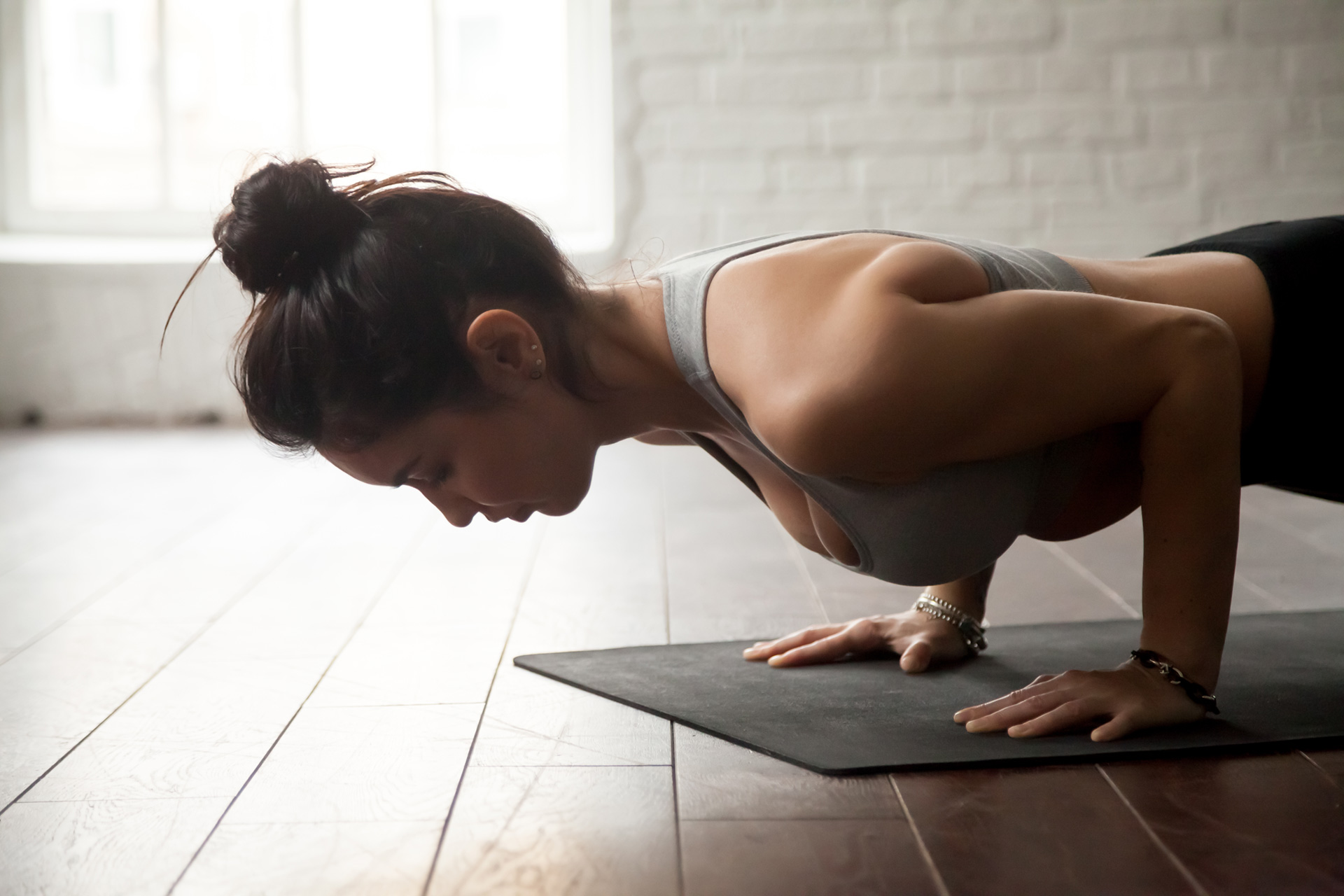
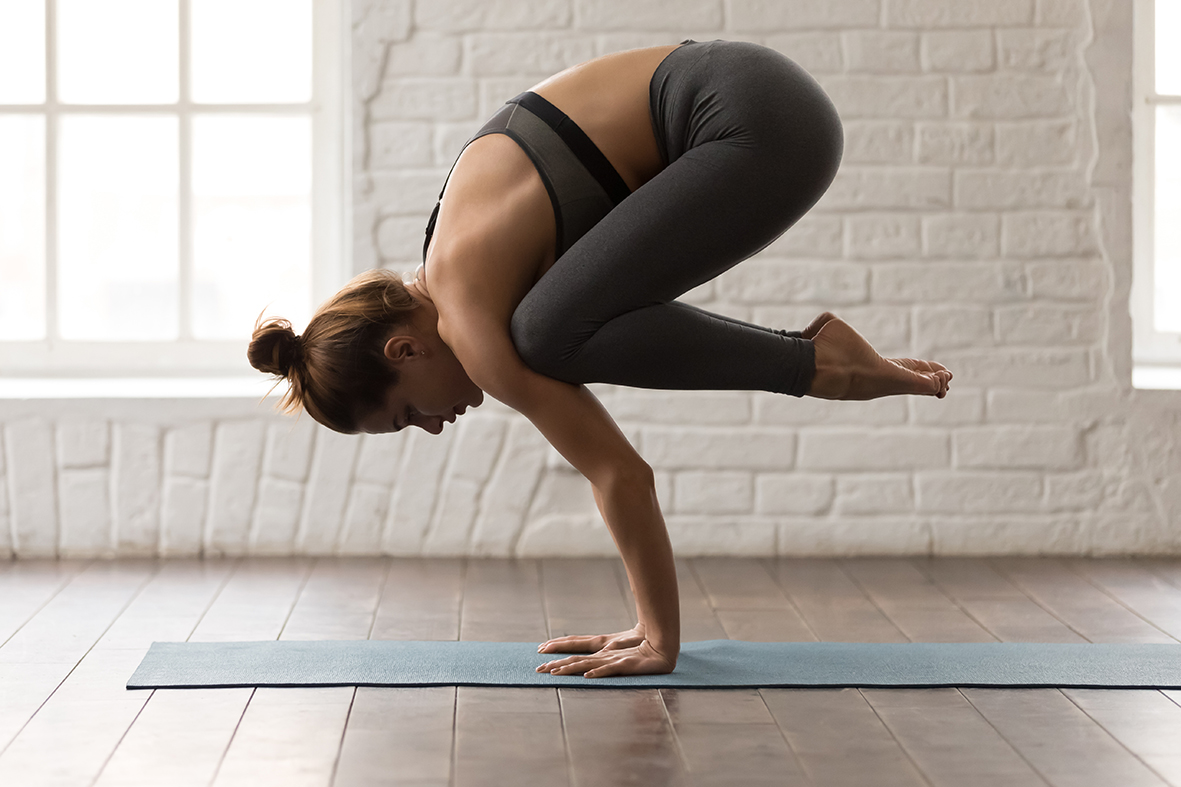
The ashtanga primary series
The practice consists of different series (Primary, Intermediate…), that build on each other. Learning and practicing the first series can be sufficient for years. It is recommended to begin with a practice 2-3 times a week and slowly build up to 6 times a week. The aim is to cultivate a daily practice with a weekly day of rest as well as resting on full- and new moon days.
Originally introduced in Mysore, India by Sri K. Pattabhi Jois, this ancient form of yoga was taught to him by yogi and Sanskrit Scholar, T Krishnamacharya. Ashtanga in Sanskrit means “eight limbs”, with each limb representing a guideline for living a purposeful life: yama (abstinence), niyama (observances), asana (yoga postures) pranayama (breath control), pratyahara (sensory withdrawal), dharana (concentration), dhyana (meditation) and samadhi (mental stillness).
Ashtanga Yoga at Hairu
At Hairu, our Ashtanga classes are suitable for anyone looking for a dynamic workout, whilst also taking time out from the daily routine to nourish the body and mind. While Ashtanga is more vigorous than other styles of yoga, each student works at their own pace, with guidance from the teacher. There’s no pressure to compete – listen to your body and take it at your own pace; Ashtanga is progressive and you’ll be surprised how quickly you grow and improve.
“Anyone can practice. Young man can practice. Old man can practice. Very old man can practice. Man who is sick can practice. Man who doesn’t have strength can practice. Except lazy people; lazy people can’t practice Ashtanga yoga.” ~ Sri K. Pattabhi Jois
